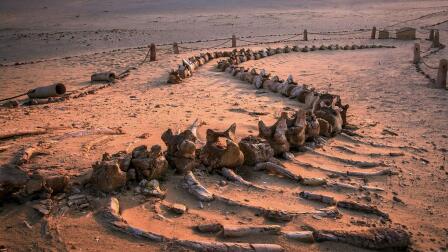
Great Museums: The Art of Islam at the Met and the Louvre
Today, at a pivotal moment in world history, two great museums beckon us to explore the splendor of Islamic art - lifting the veil on our shared cultural heritage. "Great Museums: The Art of Islam at the Met and the Louvre" showcases the objects on display in the Islamic galleries at the Metropolitan Museum of Art in New York and The Louvre in Paris to reveal a roadmap of connections that explains why the foreign seems familiar. Narrated by Philippe de Montebello, the former director of The Met, "Great Museums: The Art of Islam at the Met and the Louvre" examines the extraordinary artistic masterpieces in the museums' Islamic Art collections, and reveals a surprising number of connections that unite Western and Islamic traditions, in art, science, and literature. The film explores the surprising cultural relationships between the Islamic and the Western worlds. The art of Islam reflects 14 centuries of changing political and cultural landscapes across three continents. The term "Islamic art" - coined by 19th century art historians - includes all art produced in Muslim lands from the 7th century forward, from Spain to Morocco, Egypt, the Middle East, Central Asia and India, to the borders of China. Universal museums like The Louvre and The Met help dispel the idea that cultures are exclusive, when, in fact, they are intertwined and connected.


